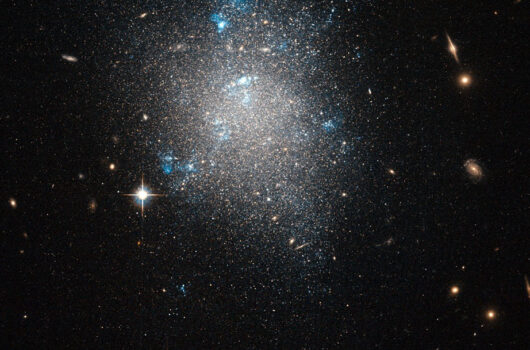An optimization-based approach to calculating neutrino flavor evolution
An optimization-based approach to calculating neutrino flavor evolution
View
Abstract
We assess the utility of an optimization-based data assimilation (D.A.) technique for treating the problem of nonlinear neutrino flavor transformation in core collapse supernovae. D.A. uses measurements obtained from a physical system to estimate the state variable evolution and parameter values of the associated model. Formulated as an optimization procedure, D.A. can offer an integration-blind approach to predicting model evolution, which offers an advantage for models that thwart solution via traditional numerical integration techniques. Further, D.A. performs most optimally for models whose equations of motion are nonlinearly coupled. In this exploratory work, we consider a simple steady-state model with two mono-energetic neutrino beams coherently interacting with each other and a background medium. As this model can be solved via numerical integration, we have an independent consistency check for D.A. solutions. We find that the procedure can capture key features of flavor evolution over the entire trajectory, even given measurements of neutrino flavor only at the endpoint, and with an assumed known initial flavor distribution. Further, the procedure permits an examination of the sensitivity of flavor evolution to estimates of unknown model parameters, locates degeneracies in parameter space, and can identify the specific measurements required to break those degeneracies.




